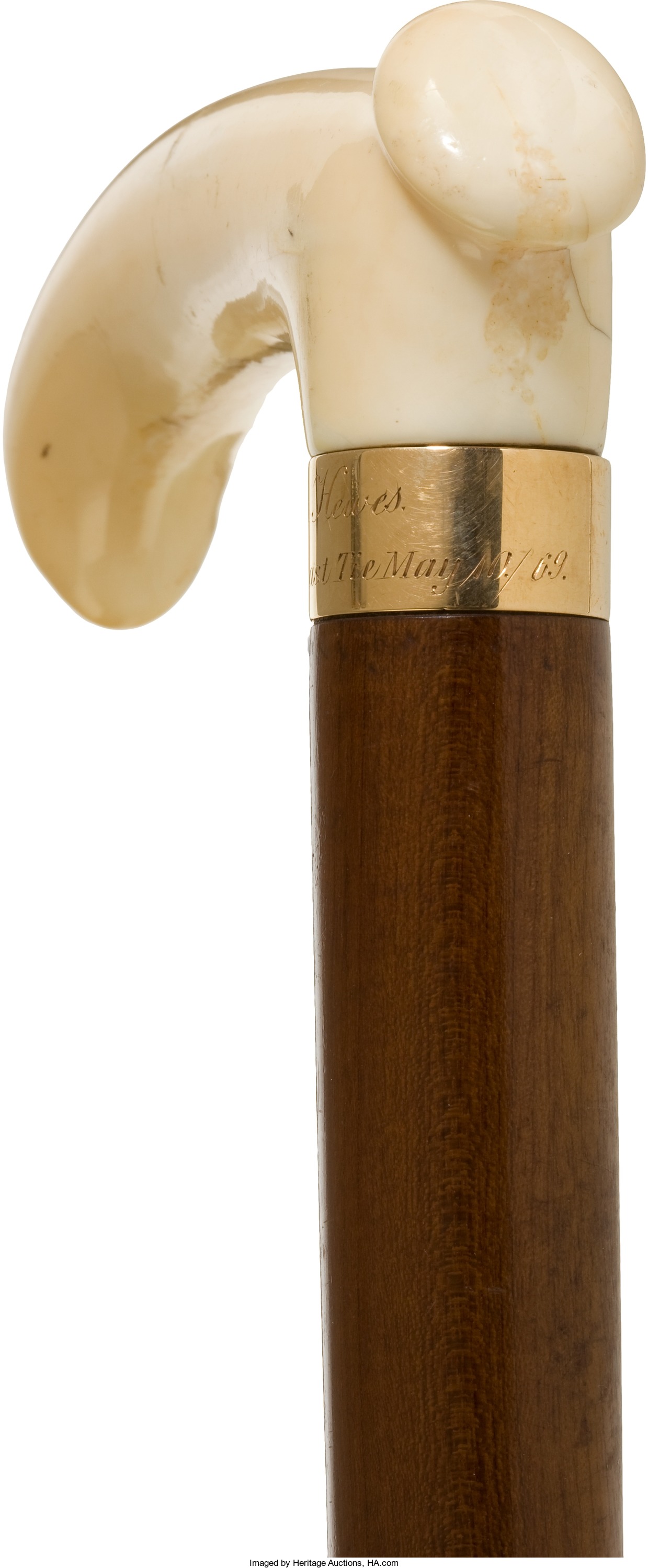
“May God continue the unity of our country, as this railroad unites the two great oceans of the world.” – One of four engravings on the Golden Spike
By Jim O’Neal
The date was May 10, 1869, at Promontory Summit in the Utah Territory and the occasion was a celebration for the completion of the First Transcontinental Railroad.
Ex-California Governor Leland Stanford (founder of Stanford University) drove in the Golden Spike using a special silver hammer. This “Last Spike” was hooked up to telegraph wires so that news of the completion could reach both coasts as the spike was “tapped” into a hole. Supposedly, Stanford whiffed on the first try, but telegraph operators sent clicks to both coasts – “DONE” – which touched off wild celebrations as the United States was finally connected.
For perspective, the first American common carrier railroad began as a mere 13 miles of track, and formally was known as the Baltimore and Ohio Railroad (the B&O Line). It was begun in 1828 by a group of Baltimore businessmen and opened in 1830.
At the time, rivers, turnpikes and canals were the primary avenues for both travel and transport. So this was a major transition into the future.
When the Civil War started 30 years later, railroads had become a major American industry with many different companies and 30,000 miles of track. However, plans for broader geographic expansion were plagued with a plethora of issues. Major questions included route selection, right-of-way disputes, subsidies, capital financing sources (public or private), and even the gauge (width) of rails.
Abraham Lincoln was a major supporter of a transcontinental railroad, despite the distraction of the Civil War and other presidential commitments. He even got into the minutia, and he and his Cabinet voted to make the gauge 5 feet in an effort to help (it was later revised by Congress to 4 feet, 8½ inches). Lincoln even decided the eastern terminus should be Omaha, Neb. (a clear conflict of interest, since he owned several properties in nearby Council Bluffs).
On the West Coast, four familiar names – Mark Hopkins, Leland Stanford, Charles Crocker and Collis Potter Huntington – formed the Central Pacific Railroad, which was to head east from Sacramento. They immediately ran into a major labor shortage since nearby mines were paying such high wages. In a creative but controversial decision, they brought in 12,000 Chinese laborers, primarily from Canton Province.
Next was the issue of how to get over the 7,000-foot Sierra Nevada mountain range (they simply blasted tunnel after tunnel despite cave-ins, nitro explosions and dead workers). This is a story unto itself!
But finally, the two great lines did come together (whew!).
The Golden Spike that Stanford pounded is housed in the Cantor Arts Center at Stanford University in Palo Alto (no surprise there).
But in a major surprise, a second Golden Spike was discovered in 2005 – exactly like the one from the ceremony. It had been cast at the same time, and held secretly by the family of San Francisco contractor David Hewes for all the intervening years!
It is now in the California State Railroad Museum in Sacramento.
 Intelligent Collector blogger JIM O’NEAL is an avid collector and history buff. He is president and CEO of Frito-Lay International [retired] and earlier served as chair and CEO of PepsiCo Restaurants International [KFC Pizza Hut and Taco Bell].
Intelligent Collector blogger JIM O’NEAL is an avid collector and history buff. He is president and CEO of Frito-Lay International [retired] and earlier served as chair and CEO of PepsiCo Restaurants International [KFC Pizza Hut and Taco Bell].
